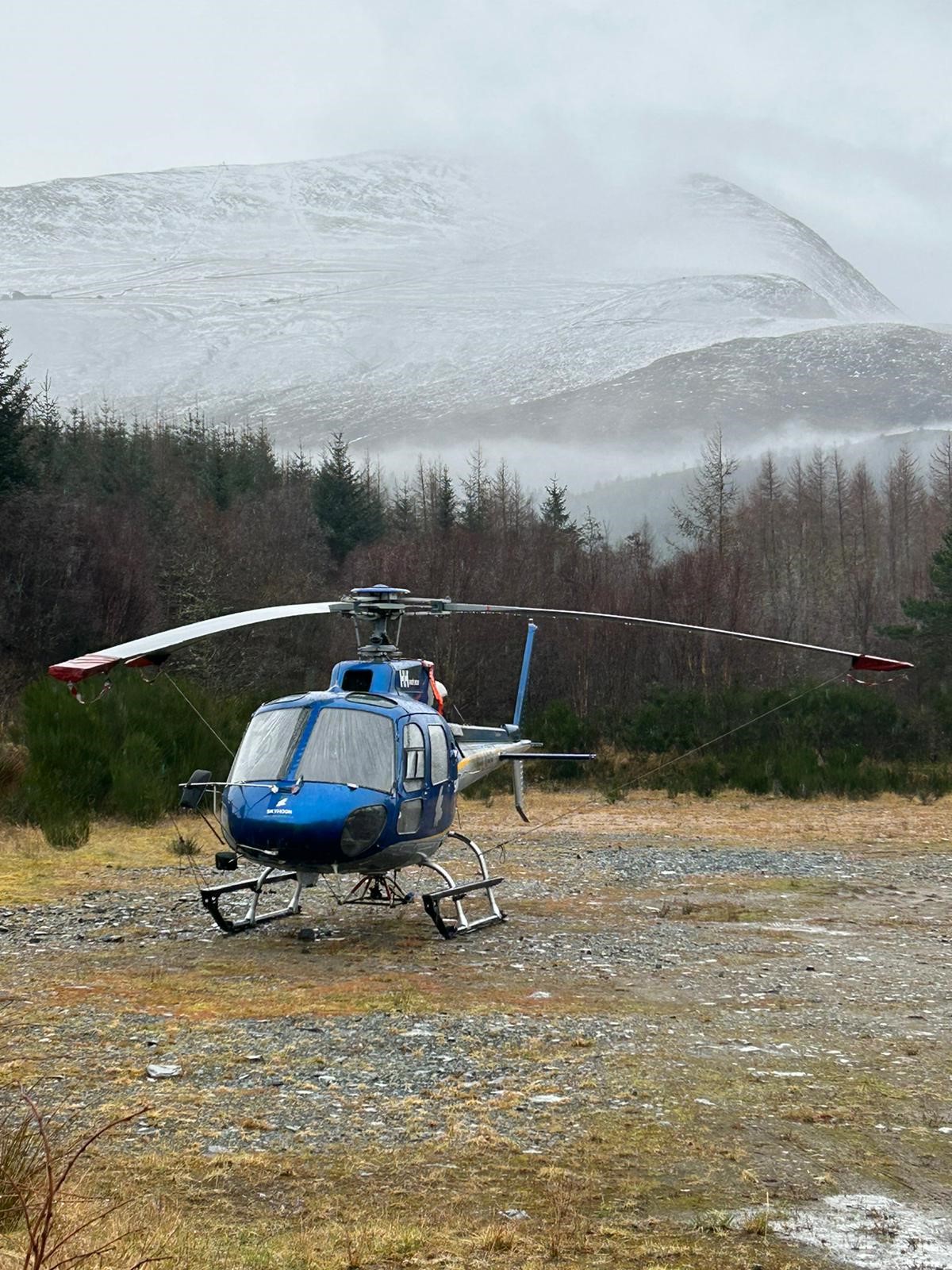Expanding rural internet connectivity in remote areas with challenging terrain and limited access was key to the success of this project. By implementing innovative logistical solutions and leveraging advanced technology, our team enhanced connectivity within previously isolated regions of Scotland.
Requirement
Our client wanted to build out 4G network coverage across some of the most remote and challenging terrain in Scotland, and needed a partner that could get on board and deliver a resilient network for every season.
Solution
Site assessment & planning
During the planning phase, special care and attention were given to comprehending the terrain’s unique challenges. Our extensive site assessments and surveys enabled us to carefully analyse the geographical features of the target areas agreed upon with the client. Having an in-depth understanding of the rugged mountains, deep valleys and other obstacles, allowed us to anticipate and plan for the specific requirements of the terrain in the most efficient and optimal manner.
Equipment selection & integration
We selected robust and weather-resistant equipment capable of withstanding harsh environmental conditions. This included wireless technologies, satellite communication, and microwave links, enabling the transmission of high-speed data signals over long distances. Our chosen technologies ensured reliable connectivity in remote areas but also meant the provision of additional materials outside the original scope.
Infrastructure resilience & redundancy
We incorporated resilience and redundancy measures into the infrastructure design to create overlapping coverage areas. This redundancy reduced the risk of service interruptions potentially caused by natural disasters, equipment failures, or adverse weather conditions, thus maximising the uptime and reliability of the network.
Overcoming access limitations
Equipped with pre-configured equipment, our engineering team developed innovative strategies to overcome the rugged landscapes and reach even the most remote locations, such as 150 metres up a mountain with no rope access! By leveraging specialised vehicles and using drones and helicopters, our teams had additional flexibility to deploy the equipment allowing us to bring connectivity to areas that were previously deemed inaccessible.
Weather monitoring
Undoubtedly, weather conditions played a crucial role in the deployment of our connectivity solutions. By closely monitoring the weather patterns, we were able to plan deployments accordingly, ensuring the safety of our team and the uninterrupted delivery of services to remote areas.
Leveraging third-party support
Engaging with local experts, landowners, and community stakeholders provided invaluable insights into the specific requirements and potential obstacles we faced in this project. Our collaborative approach allowed us to navigate through administrative procedures, access private lands, and gain necessary permissions, ensuring a smooth and efficient deployment process.
Flexibility & adaptability of our team
We’d love to give special recognition and thanks to the engineers and project managers involved in this project: Mick Cottam, James Rushton & Laura Chambers to name just a few. Our teams demonstrated a high level of expertise in adjusting their strategies and techniques based on the unique demands of each deployment site. Their ability to devise innovative solutions, navigate through unforeseen challenges, and work in tandem with local conditions was vital for the overall success of the project. From walking large distances on foot in harsh weather to staying away from home for longer time periods than expected in order to get the job done, and for going above and beyond, we salute you!
Some photos from the project
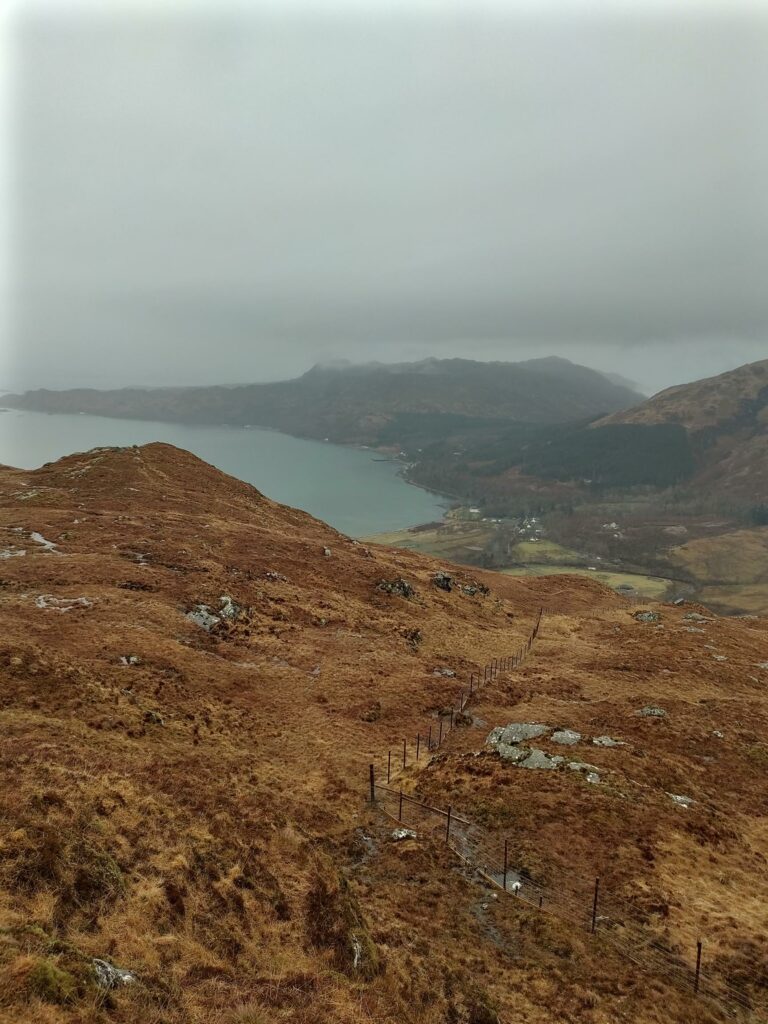
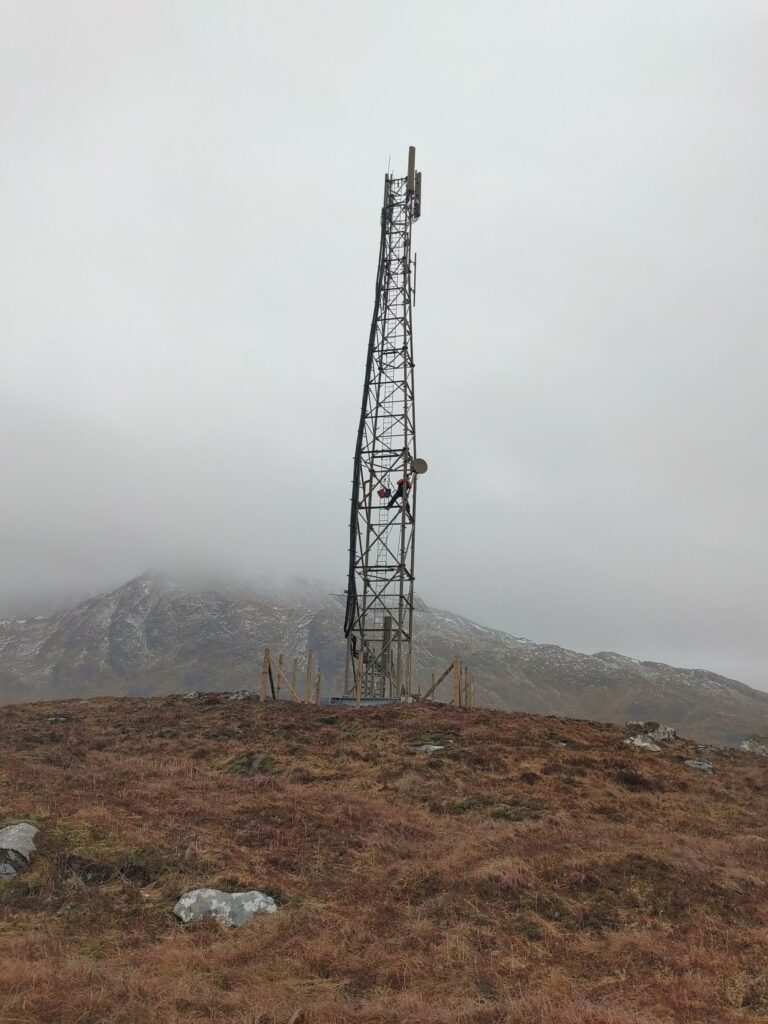
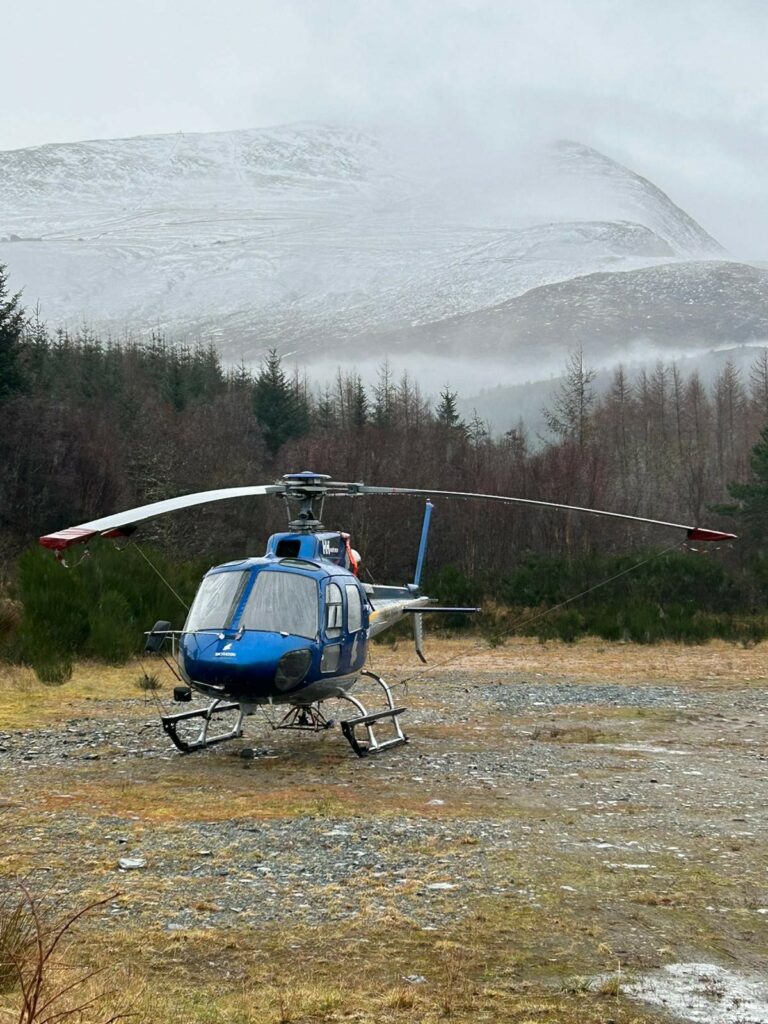
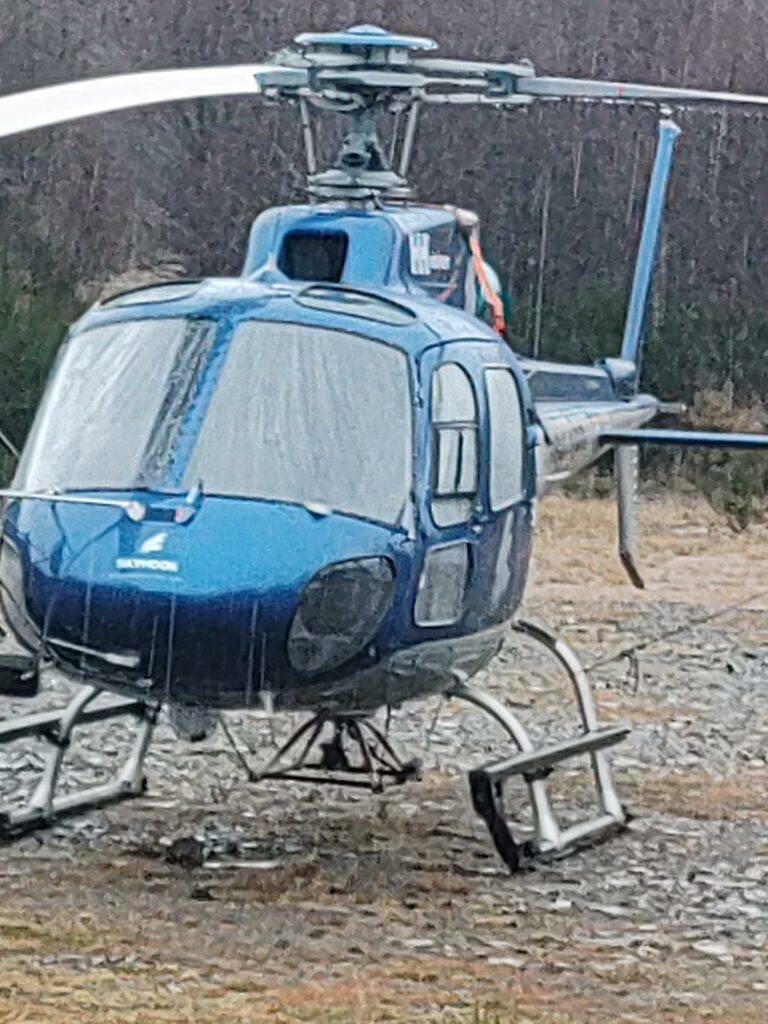
Results
Here at MMX, we’re always delighted to deliver uninterrupted connectivity for our clients requiring remote site access, and this project was no exception. By implementing a robust monitoring and maintenance framework with regular inspections, proactive troubleshooting, and timely repairs we’ve addressed any issues and maintained optimal network performance for our client’s network. These fault-finding measures have led to zero downtime and allowed for a seamless user experience. In addition, our scalable infrastructure and flexible network design mean the system can accommodate increasing demand and evolving technologies as needed.
Just 5 months after the purchase order, and within 2 months of the deployment phase, we’d completed the first phase of deployment: 7 links (14 sites), and our client couldn’t be happier.
More information
For help improving your network coverage, or to discuss any of the topics raised in this case study, we’d love to hear from you.

